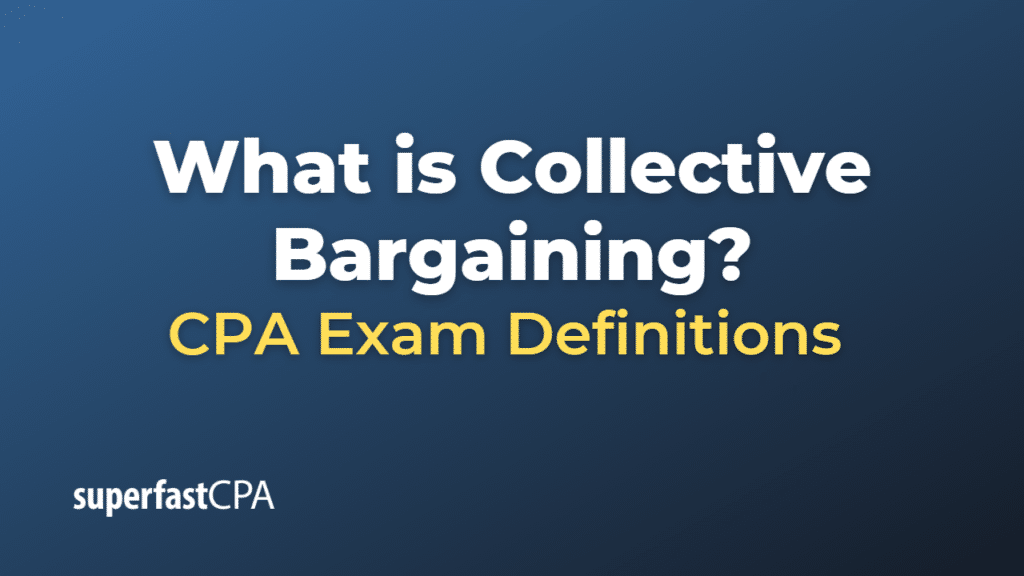Collective Bargaining
Collective bargaining is a process of negotiation between employers and a group of employees, usually represented by a labor union, to determine the terms and conditions of employment. These terms and conditions can include matters such as wages, working hours, benefits, job security, and workplace safety, among others. The goal of collective bargaining is to reach a collective agreement that is mutually acceptable to both parties.
In many countries, collective bargaining is protected by labor laws and regulations, which often grant employees the right to join or form a union and engage in collective bargaining with their employer. The process generally involves several stages, including preparation, negotiation, and, if successful, the signing of a binding agreement. If the parties are unable to reach an agreement, they may resort to various tactics such as strikes, lockouts, or mediation to pressure the other side into making concessions.
Collective bargaining is an important component of labor relations, as it helps to balance the power dynamics between employers and employees, and can lead to improved working conditions, increased job satisfaction, and overall stability in the labor market.
Example of Collective Bargaining
One well-known example of collective bargaining in the United States involves the United Auto Workers (UAW) union and the major American automakers, such as General Motors, Ford, and Chrysler (now part of Stellantis).
In this example, the UAW represents thousands of auto workers across the country who are employed by these automakers. Periodically, the UAW and the automakers engage in collective bargaining negotiations to agree upon a new contract. These negotiations typically cover a wide range of issues, including wages, health care benefits, pensions, working conditions, and job security.
In 2019, there was a notable collective bargaining negotiation between the UAW and General Motors (GM). The negotiations reached an impasse, and as a result, the UAW called for a strike, which lasted for 40 days. This strike involved nearly 50,000 auto workers and resulted in significant financial losses for GM.
Eventually, both parties reached a new agreement that addressed the workers’ concerns, which included wage increases, a pathway for temporary workers to become full-time employees, investments in American manufacturing plants, and improved healthcare benefits. The strike came to an end, and the new contract was ratified by the UAW membership.
This example demonstrates the power dynamics at play during collective bargaining negotiations, as well as the potential consequences when parties fail to reach an agreement. However, it also shows how the process can ultimately lead to improved working conditions and benefits for employees.













